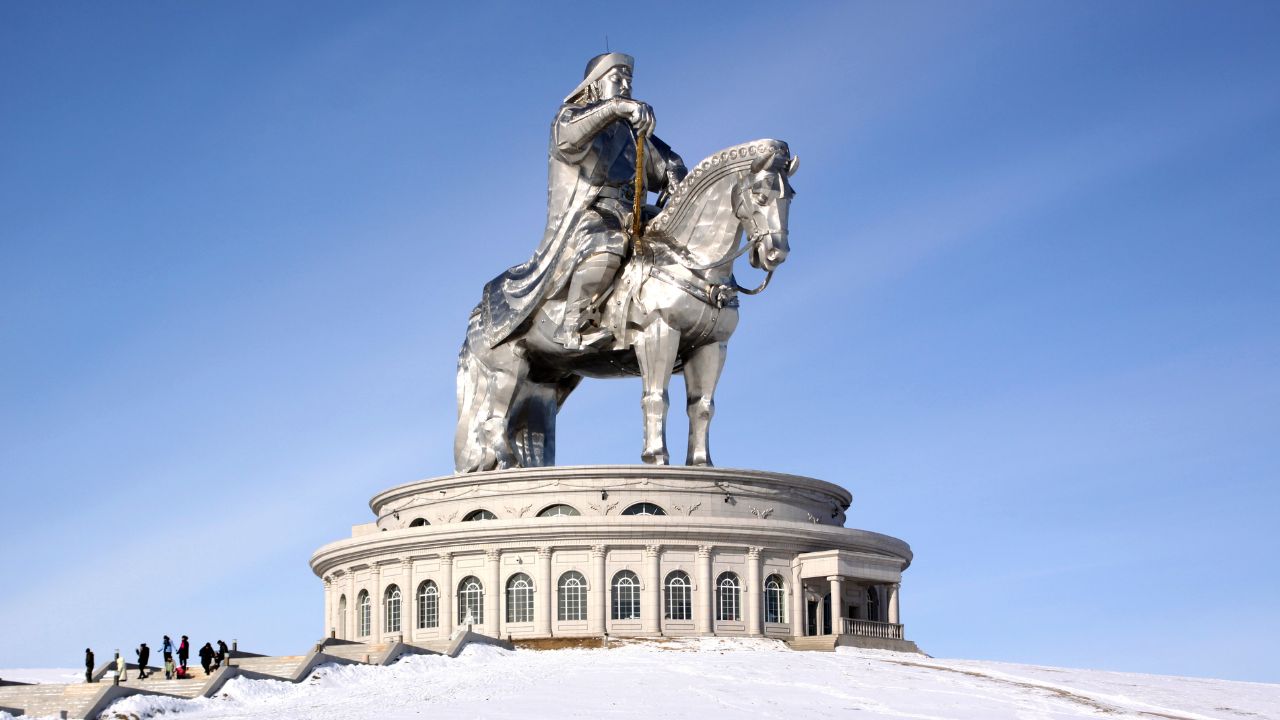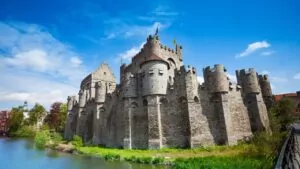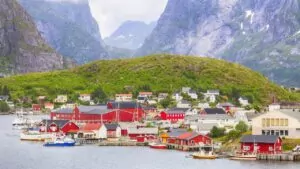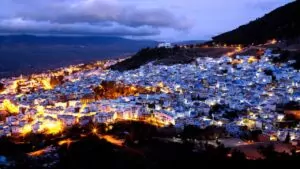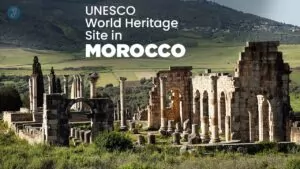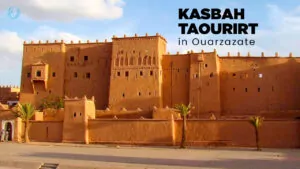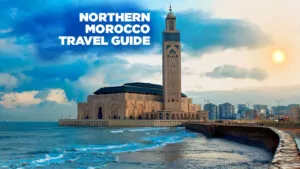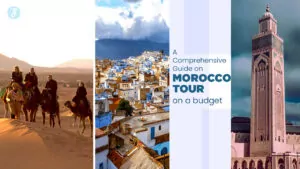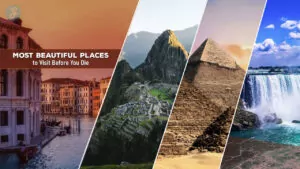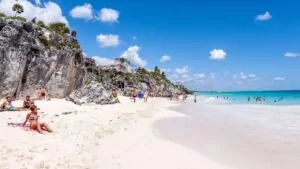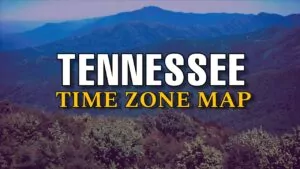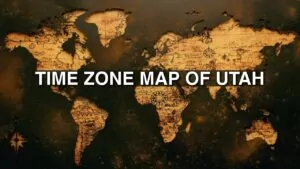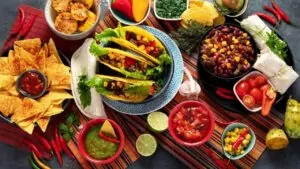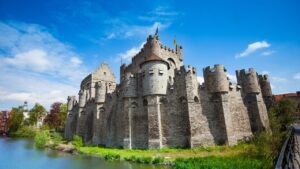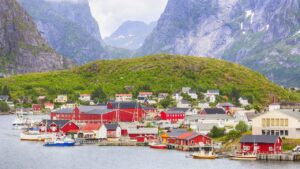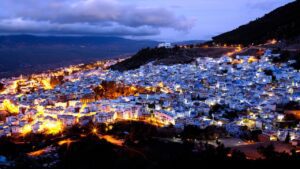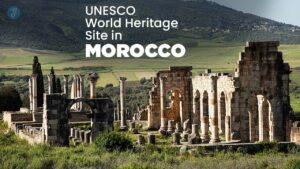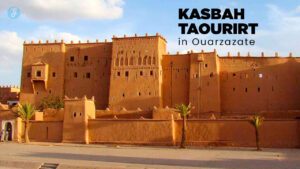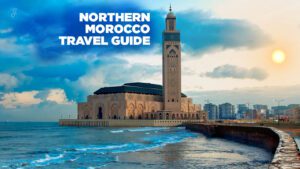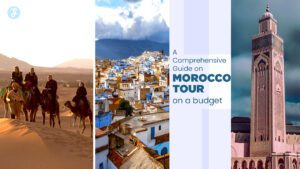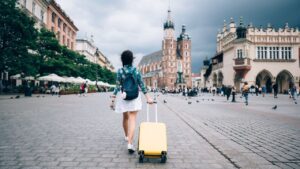Mongolia’s vast landscapes—open steppes, rolling mountains, and wide deserts—are more than just beautiful scenery. They are home to one of the world’s last remaining nomadic cultures. For thousands of years, Mongolian nomads have lived in harmony with nature, herding livestock, moving with the seasons, and preserving deep-rooted traditions.
Today, while modern life continues to spread globally, Mongolia’s nomadic culture stands strong. For travelers seeking authentic cultural experiences, Mongolia offers a rare opportunity to immerse themselves in a lifestyle that hasn’t changed much over centuries.
Whether it’s sleeping in a ger under the stars, learning to herd animals, or joining a local festival, this guide will show you 10 unique ways to discover and respect the nomadic traditions of Mongolia.
1. Stay in a Traditional Mongolian Ger (Yurt)
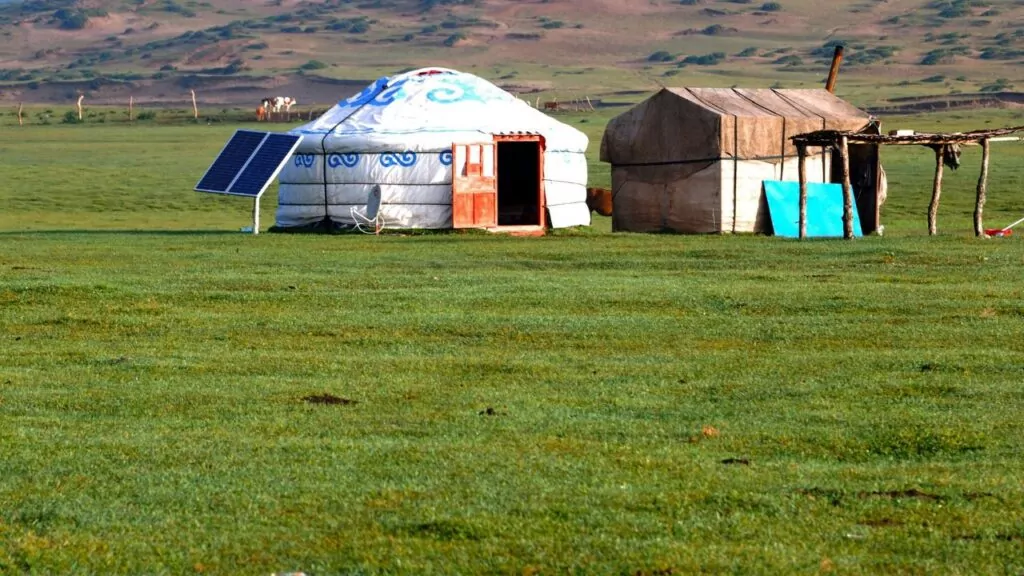
One of the best ways to begin your journey is by sleeping in a ger, the circular tent that Mongolian nomads call home. These portable homes are made of felt and wooden frames and are designed to withstand Mongolia’s extreme climates.
Inside, you’ll find a stove at the center, colorful furniture, and sometimes even solar panels. Living in a ger lets you understand the importance of space, warmth, and community in nomadic life.
| Feature | Description |
| Structure | Round, felt-covered with wooden frame |
| Capacity | 4–6 people comfortably |
| Season Availability | All year, with heating in winter |
| Amenities | Basic – bed, stove, low seating |
Many tour companies and local families offer ger homestays, allowing visitors to sleep as the locals do—surrounded by open sky and peaceful silence.
2. Participate in Seasonal Migration with Nomads
Seasonal migration is at the heart of nomadic life. Families move their gers and livestock between summer and winter pastures to find better grazing land and avoid harsh weather. If you visit in spring or autumn, you might get the chance to join a real migration.
Helping pack belongings, herding animals, and even walking or riding with the family gives you a unique look into the challenges and rhythms of nomadic movement.
This is a physically demanding experience, but it’s incredibly rewarding. It connects you with nature, teaches resilience, and shows the true meaning of adaptation.
3. Try Your Hand at Herding Livestock
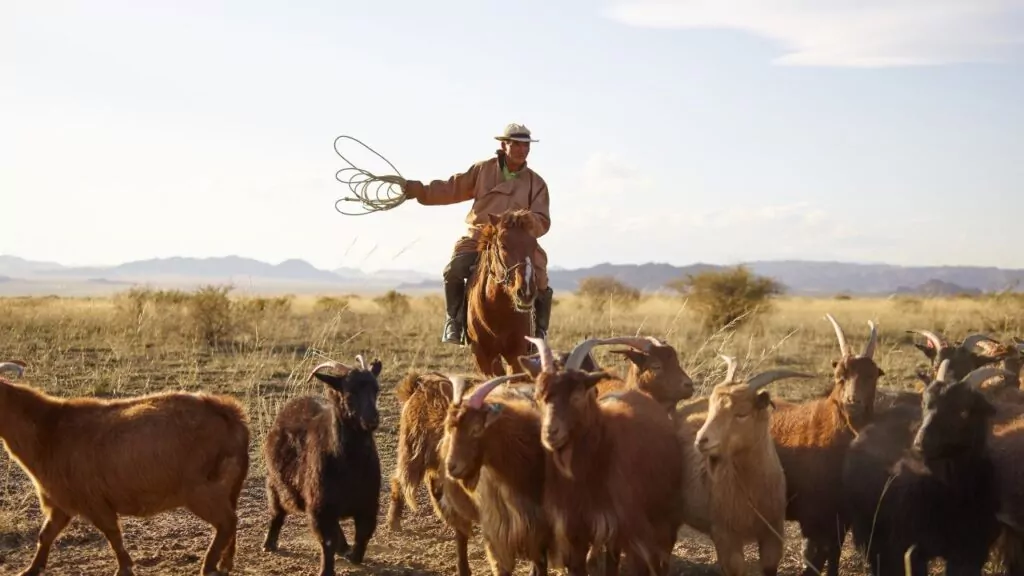
Herding is not just a job—it’s a way of life in Mongolia. Nomadic families raise horses, sheep, goats, yaks, and camels. Tourists can try their hand at herding animals on horseback or on foot, often alongside skilled herders.
You’ll learn how to:
- Guide herds across open fields
- Recognize different animal behaviors
- Help with milking or feeding routines
| Animal | Use in Nomadic Life |
| Horses | Transport, racing, herding |
| Yaks | Milk, wool, meat |
| Camels | Load-carrying in desert |
| Sheep/Goats | Milk, meat, wool |
It’s one of the best ways to appreciate the hard work and dedication required to maintain the nomadic lifestyle.
4. Taste Authentic Nomadic Cuisine
Mongolian food is simple but hearty. Most dishes are made from meat and dairy products—essential in a country where agriculture is limited. Trying traditional meals is a flavorful way to experience Mongolia’s nomadic culture.
Some must-try foods include:
- Airag – Fermented mare’s milk, slightly sour and fizzy
- Khorkhog – Lamb cooked with hot stones in a sealed container
- Boodog – Goat cooked inside its own skin using hot rocks
- Tsagaan idee – White foods (milk, cheese, curd) offered during summer
| Dish | Key Ingredients | Season |
| Airag | Fermented horse milk | Summer |
| Khorkhog | Lamb, potatoes, carrots | All |
| Boodog | Goat, onions | Fall |
| Suutei Tsai | Salted milk tea | All |
Nomadic meals are often communal and reflect the values of hospitality and sharing. Visitors are usually welcomed with milk tea and snacks, a symbol of respect.
5. Ride Horses Across the Steppe
Horses are sacred in Mongolian culture. Children learn to ride almost before they can walk, and horses are deeply connected to Mongolian identity and freedom.
Tourists can ride horses across the vast steppe, guided by local horsemen. Whether it’s a short day trip or a multi-day trek, riding gives you the perspective of a true nomad.
| Region | Best For |
| Orkhon Valley | Scenic steppe and rivers |
| Arkhangai Province | Cultural horseback tours |
| Khentii Mountains | Historic landscapes |
If you’re comfortable riding, consider visiting during Naadam Festival when local children race horses bareback—an incredible display of skill.
6. Attend a Local Naadam Festival
Naadam is Mongolia’s biggest national celebration. Held every July, it features the “Three Manly Games”: wrestling, archery, and horse racing. These sports showcase nomadic strength, endurance, and connection to tradition.
While the capital city Ulaanbaatar hosts a grand version, smaller village Naadams feel more authentic and personal. Here, you can interact with locals, try traditional foods, and enjoy folk performances.
| Event | What to Expect |
| Wrestling | Wrestlers in eagle costumes |
| Archery | Both men and women compete |
| Horse Racing | Children as young as 5 race |
Attending Naadam is an unforgettable way to engage with Mongolian nomadic spirit and national pride.
7. Learn Traditional Mongolian Music and Throat Singing
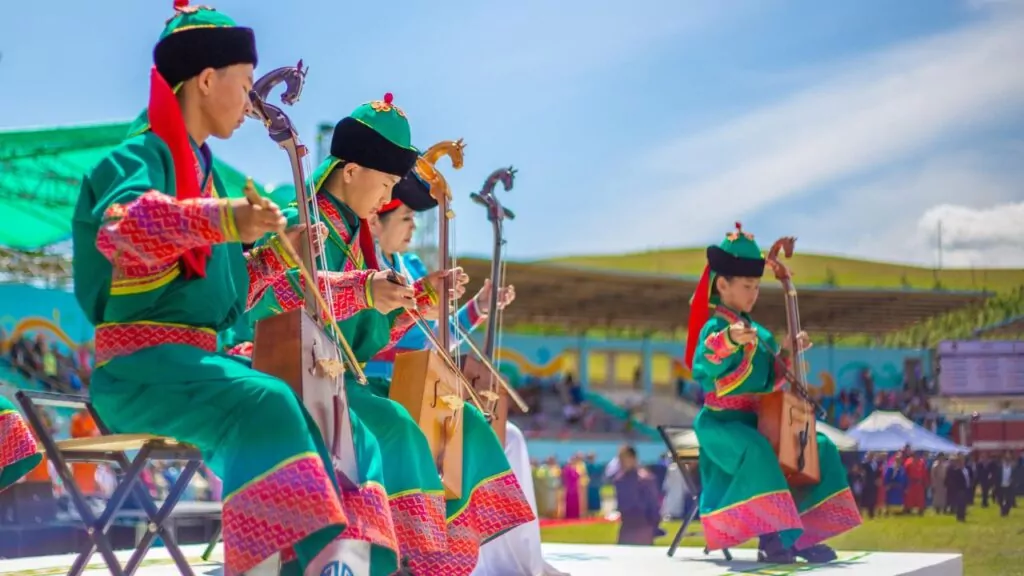
Mongolian music is haunting, powerful, and deeply spiritual. The most famous form is Khoomei or throat singing, where performers produce multiple tones simultaneously. You can also hear the morin khuur, a two-stringed fiddle with a carved horse head.
Cultural centers and rural workshops offer music classes and performances, allowing tourists to:
- Learn basic throat singing techniques
- Play folk instruments
- Understand musical storytelling
Many nomads use music to pass down stories, lull children to sleep, and express emotions. Experiencing this art form brings you closer to the soul of Mongolia.
8. Join a Camel Caravan in the Gobi Desert
In southern Mongolia, camels are the lifeline of desert nomads. You can join a camel caravan through the Gobi Desert, where families offer guided trips into the dunes.
Travelers can ride camels for hours or even camp overnight. You’ll see ancient petroglyphs, sand dunes like Khongoryn Els, and oasis settlements.
| Activity | Duration | Highlights |
| Day Camel Ride | 2–4 hours | Sand dunes, wildlife |
| Overnight Caravan Tour | 2–3 days | Camping, stargazing |
| Winter Trek | Custom | Snow-covered desert sights |
The silence of the Gobi and the slow pace of camels make this an introspective and calming journey.
9. Observe Shamanic and Buddhist Rituals
Mongolia has a spiritual mix of Tibetan Buddhism and ancient shamanism. Many nomadic families still practice rituals that honor spirits, nature, and ancestors.
You can visit:
- Monasteries like Erdene Zuu in Kharkhorin
- Sacred ovoo sites (stone heaps for sky worship)
- Shamanic rituals in rural regions like Lake Khovsgol
Visitors must approach with respect. Observing a fire offering or drum ceremony can be powerful, offering a glimpse into the invisible forces that guide nomadic life.
10. Volunteer or Do a Homestay with Nomadic Families
If you want to dive deeper, consider a longer stay or volunteer opportunity. Many families welcome guests to help with herding, cooking, or teaching English to their children.
Programs can range from a few days to several weeks and are often arranged through local NGOs or ethical tour operators. These stays offer mutual exchange and foster cultural preservation.
| Program Type | Duration | Activities |
| Ger Homestay | 1–5 days | Live with a family |
| Volunteer Program | 1–3 weeks | Herding, childcare, cooking |
| Language Exchange | Custom | Teach English, learn Mongolian |
This form of responsible tourism helps sustain nomadic families while providing unforgettable personal connections.
Practical Tips for Experiencing Mongolia’s Nomadic Culture
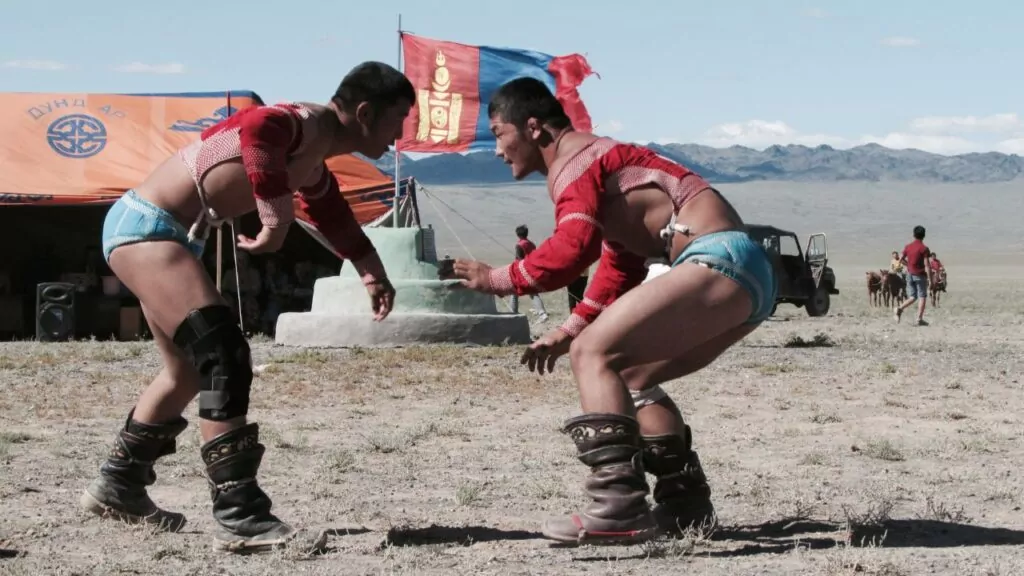
Before you go, keep these tips in mind:
- Best time to visit: May to September for warm weather and access to remote areas
- Pack for all seasons: Weather can change quickly—bring layers, sturdy shoes, and sunscreen
- Learn a few phrases: Simple Mongolian greetings show respect
- Bring small gifts: Items like tea, scarves, or notebooks are appreciated
- Respect local customs: Ask before taking photos, and follow host family guidance
Responsible travel is key. Respect the land, people, and traditions to ensure these experiences remain for generations to come.
Takeaways
Mongolia’s nomadic culture is more than a travel experience—it’s a living heritage. By choosing to engage deeply with this way of life, you support communities that are fighting to preserve their traditions amid a changing world.
From sleeping in a ger to riding across endless plains, every experience is a step into the past—and a connection to something timeless.
So if you’re looking for more than just a vacation, consider embracing Mongolia’s nomadic culture. It will not only expand your worldview but also leave you with stories, skills, and memories that last a lifetime.

